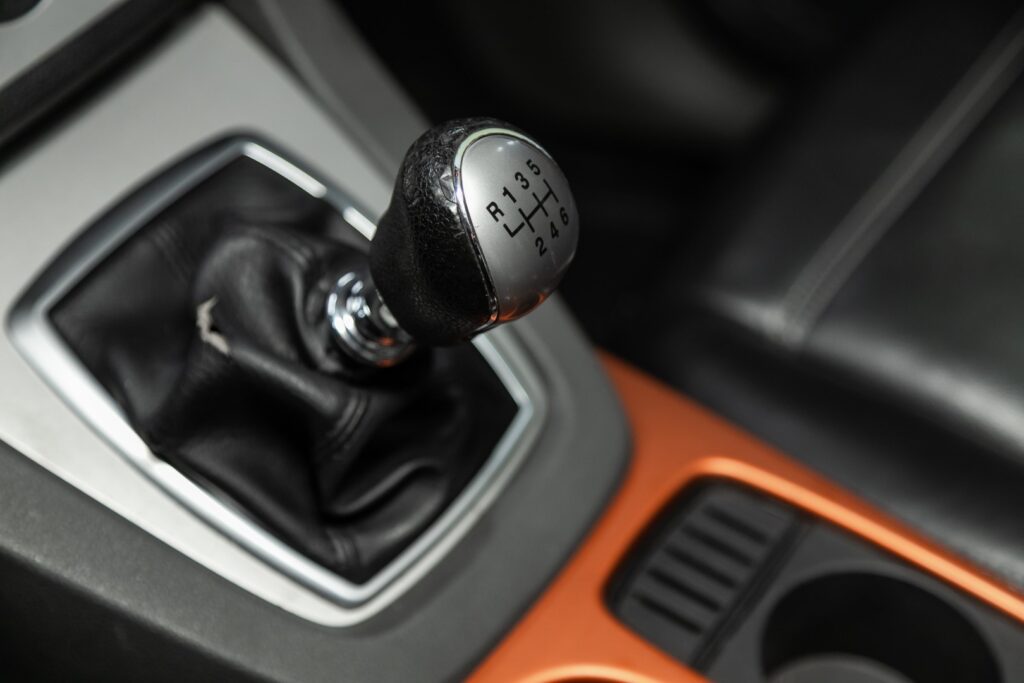Cars have been a crucial part of human life for decades, and with the invention of automatic transmissions, the way people drive cars has changed significantly. In recent years, cars with automatic transmissions have gained popularity and are now the norm in many parts of the world. However, manual transmission cars remain a popular choice among driving enthusiasts. This article will explore the differences between manual and automatic cars and the advantages and disadvantages of each.

Manual Transmission Cars
Manual cars, also known as stick shift cars, have been around for over a century. They are called manual because the driver has to manually change gears by shifting the gear lever. In a manual car, the driver controls the clutch and the gears, which means they have more control over the car’s performance.
Advantages of Manual Cars –
More Control: Manual cars provide drivers with more control over the car’s speed and performance. Drivers can shift gears when they need to, which is particularly helpful when driving on steep hills or when overtaking other vehicles.
Fuel Efficiency: Manual cars are more fuel-efficient than automatic cars. This is because they have fewer components, and the driver can control the car’s speed, which means the engine does not have to work as hard.
Lower Maintenance Costs: Manual cars have fewer components than automatic cars, which means there are fewer things that can go wrong. As a result, manual cars tend to have lower maintenance costs than automatic cars.
Disadvantages of Manual Cars –
Requires More Skill: Learning how to drive a manual car requires more skill and practice than driving an automatic car. It can take some time for new drivers to master shifting gears, which can be frustrating.
Tiring in Traffic: Driving a manual car in traffic can be tiring because the driver has to use the clutch and shift gears frequently.
Automatic Transmission Cars
Automatic cars, also known as automatics, have become increasingly popular in recent years. They have an automatic transmission that changes gears automatically without the driver having to do anything. This means the driver can focus on the road ahead and not worry about shifting gears.

Advantages of Automatic Cars –
Easy to Drive: Automatic cars are much easier to drive than manual cars. There is no need to shift gears, which means the driver can focus on the road ahead.
Less Tiring in Traffic: Driving an automatic car in traffic is less tiring than driving a manual car because the driver does not have to use the clutch or shift gears frequently.
Smoother Driving Experience: Automatic cars provide a smoother driving experience than manual cars because there are no sudden jerks when shifting gears.
Disadvantages of Automatic Cars –
Higher Fuel Consumption: Automatic cars are less fuel-efficient than manual cars. This is because they have more components, and the car’s computer determines when to shift gears, which means the engine has to work harder.
Higher Maintenance Costs: Automatic cars have more components than manual cars, which means they can be more expensive to maintain.
Less Control: Automatic cars provide less control over the car’s speed and performance. The car’s computer determines when to shift gears, which means the driver cannot choose the gear they want to be in.
Conclusion
Manual and automatic cars have their advantages and disadvantages, and the choice between the two depends on personal preferences and driving needs. Manual cars provide more control, are more fuel-efficient, and have lower maintenance costs. On the other hand, automatic cars are easier to drive, less tiring in traffic, and provide a smoother driving experience. Ultimately, the choice between manual and automatic cars comes down to the driver’s preferences, driving style, and the type of driving they will be doing.

